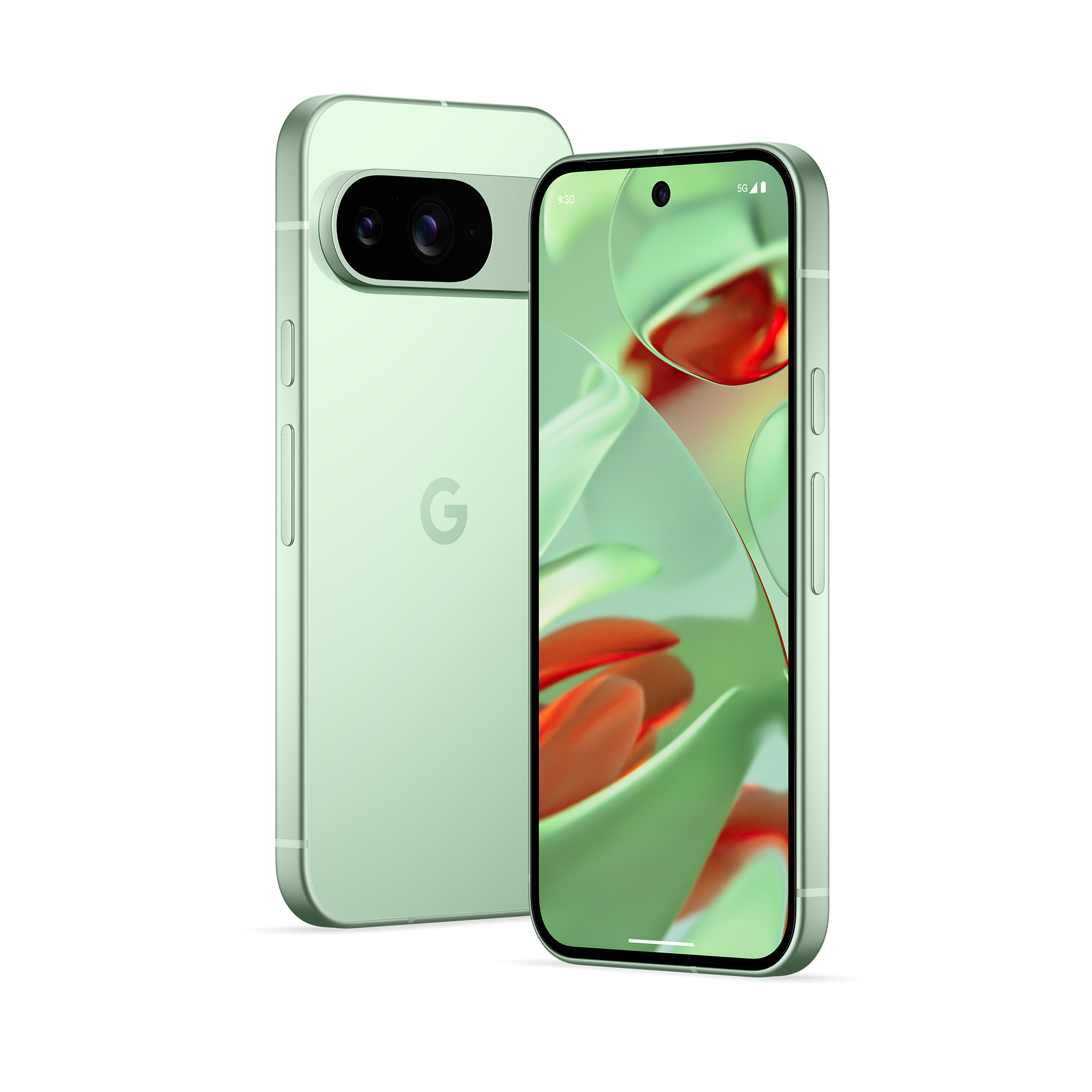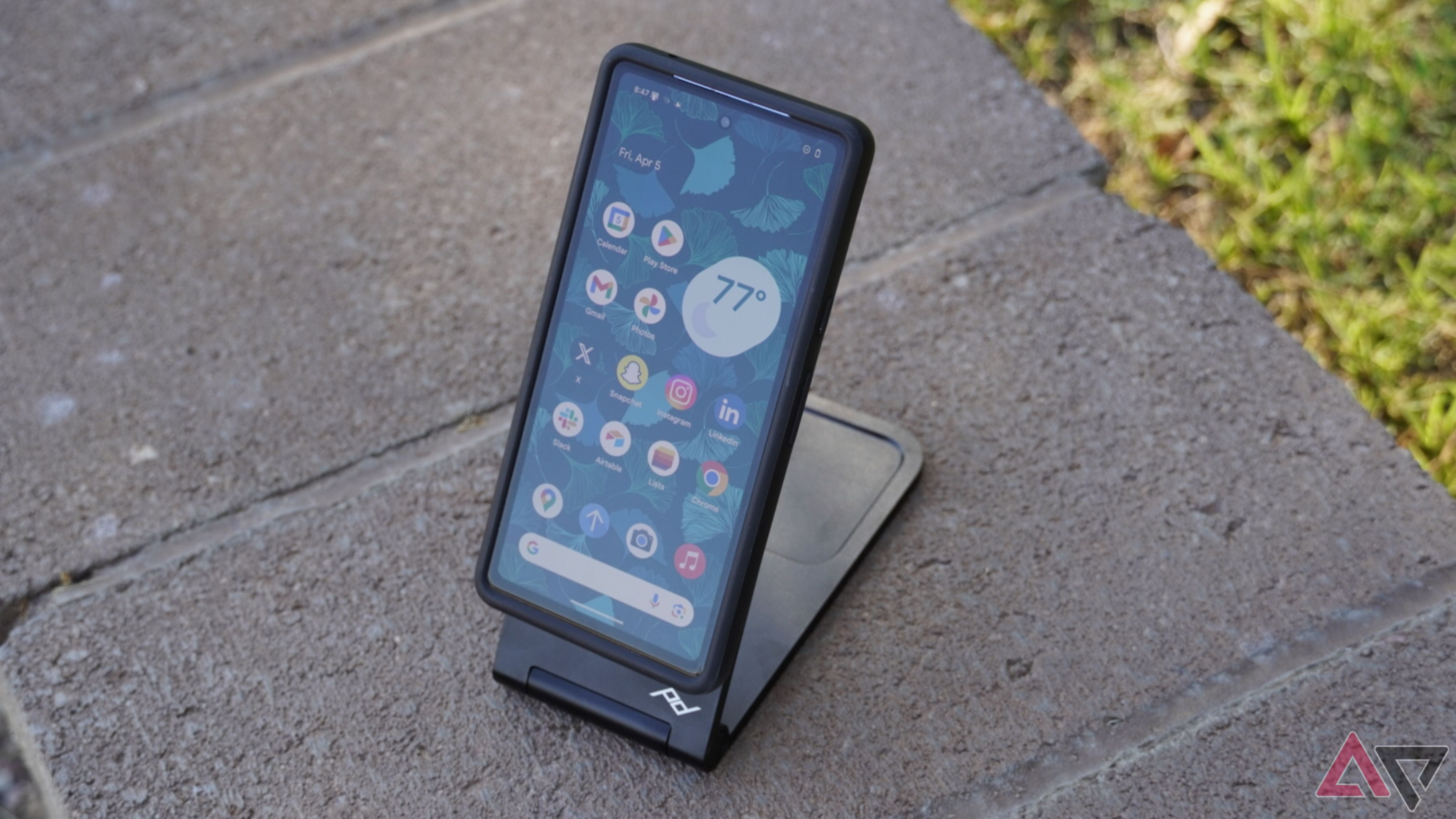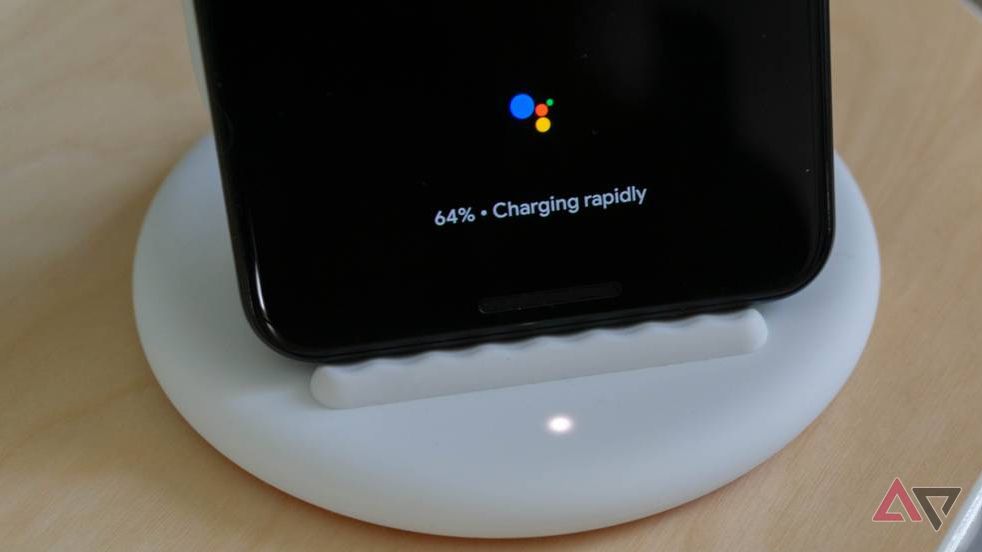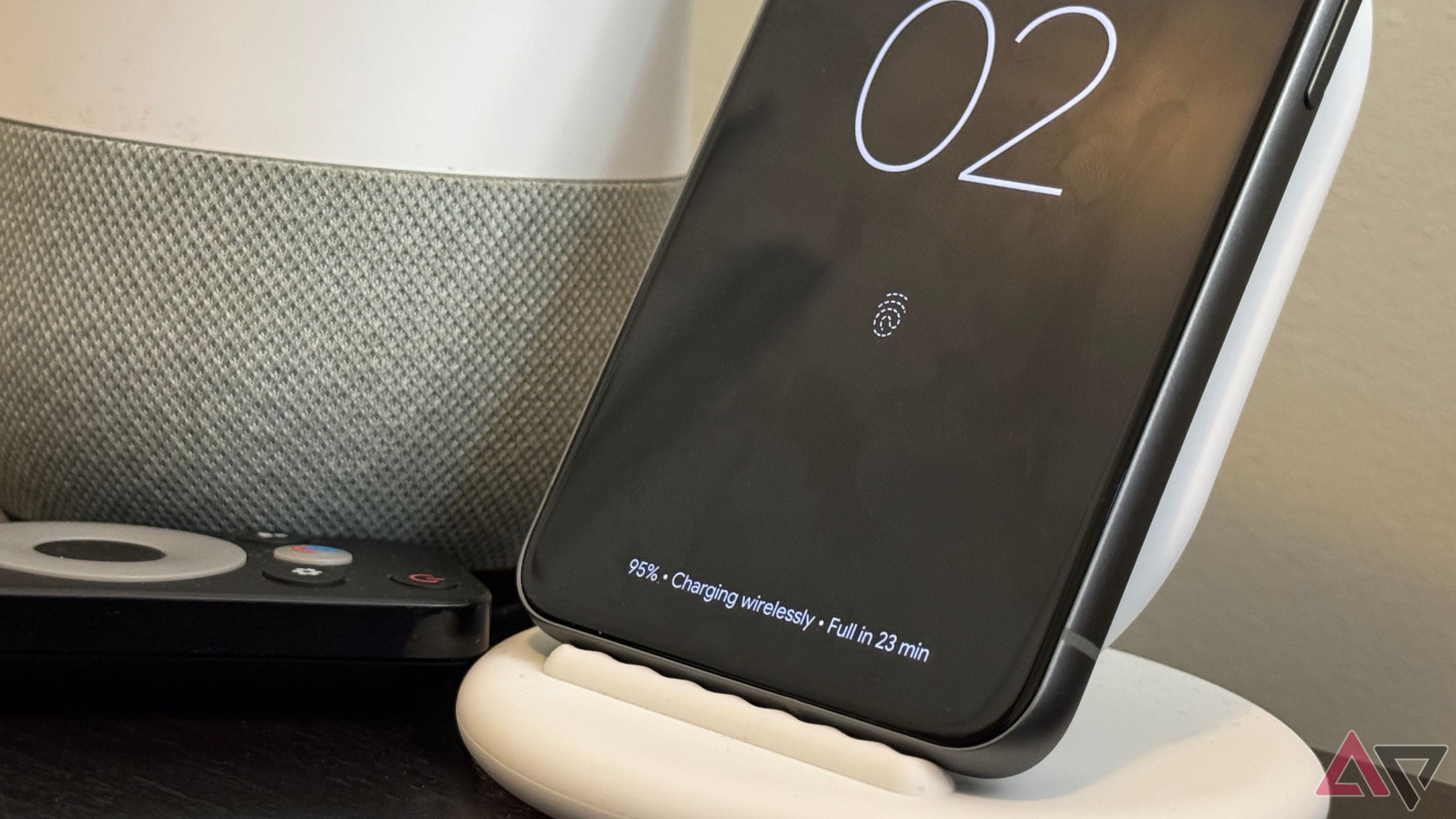Quick answer:
No, the Pixel 9 doesn’t support Qi2 wireless charging, although when using Google’s own Pixel Stand, its wireless charging rate increases to 15W from the base rate of 12W.
Based on Apple’s popular MagSafe standard, Qi2 charging (pronounced “chee-two”) is poised to be the latest, most convenient wireless charging standard. It specifies a base wireless charging speed of 15W, as well as integrated magnets that make devices compatible with the expanding range of magnetic mounts, chargers, and other accessories. It wasn’t ratified in time to make it to most 2024 smartphones.
Does the Google Pixel 9 support Qi2?
No, the Google Pixel 9 doesn’t have magnets inside or support a 15W peak using a Qi2 charger. It does charge at up to 12W via Qi, and will work perfectly up to that peak with any of today’s great Qi2 chargers (or 15W with the Pixel Stand), but you’ll need to add a MagSafe case or adhesive magnetic ring to it in order to use magnetic accessories.
There’s been some confusion around this since the lead-up to the Pixel launch, as Google informed Android Authority that the Pixel 9 would “support” Qi2 charging, but it was apparently only pointing out how Qi2 chargers are backward-compatible with the first-gen Qi standard.
What’s new with Qi2 charging?
A 15W minimum, integrated magnets, and high-tech upgrades behind the scenes
The Qi wireless charging standard guarantees speeds of at least 5W, but the majority of new Qi-enabled smartphones can exceed that rate at this point. The Wireless Power Consortium (WPC), an industry group tasked with researching, ratifying, and certifying all things wireless charger-related, built on Apple’s beloved MagSafe technology to deliver the new standard.
The biggest consumer-facing changes are twofold. The second-generation wireless charging protocol ups the base rate to 15W and calls for embedded magnets in the back of certified receiver devices (that is, Qi2-certified phones). A handful of changes under the hood, including a more versatile charger-receiver communication protocol with the ability to work at higher frequencies, also lay the groundwork for future Qi upgrades.
Magnets are central to the experience for two reasons. Most obviously, they enable the use of the various chargers and phone mounts, which we’re seeing well-respected companies release more of on an increasing basis. Magnetic attachment also ensures the transmitter and receiver coils in the charger and phone line up more precisely, ensuring your phone is always refueling as fast as it can, while also enabling higher speeds now and in the future.
Will all Qi2 devices have magnets and 15W wireless charging?
Smartphones probably will, but some devices might not
Get ready for some ambiguity. The Extended Power Profile (EPP) dictates Qi2’s 15W charging capabilities doesn’t need magnets; that requirement comes with the Magnetic Power Profile (MPP), a separate portion of the Qi2 standard. But Qi2 is an overarching set of standards that also, for what it’s worth, includes the Basic Power Profile (BPP), the protocol that first set the Qi standard at a base rate of 5W.
At the time of writing, iPhones and the HMD Skyline are the only smartphones officially certified for Qi2 support by the WPC, and both include MPP. It’s technically possible for some devices to receive Qi version 2.0.0 certification based solely on EPP or BPP support, without any magnets inside.
When we say it’s “technically possible,” the reality is this: at the moment, there are several devices certified for Qi version 2.0.0 built around either BPP (like the Samsung Galaxy Ring) or EPP (in the case of a few obscure chargers), but they lack MPP and its required magnets.
But (according to the WPC’s latest logo guidelines, at least) devices marketed as Qi2-enabled must support MPP. We’re still waiting for clarification from the WPC, but a manufacturer hypothetically releasing a magnet-free device and claiming Qi2 support would clearly face significant backlash.
Making sense of Qi2 certification
How to check if a Qi2-enabled phone supports 15W charging and magnetic accessories
Other than iPhones and the HMD Skyline, there aren’t any announcements, publicly known plans, leaks, or even rumors of additional Qi2-enabled Android devices. In the future, though, if you see the official Qi2 logo on a device or its packaging, it’s guaranteed to either inherently support MPP (and have magnets), or come bundled with an accessory that does.
To make sure the device you’re considering buying supports the latest standard and highest speed, check the WPC Qi certification database. Make sure to deselect the Load Power and Power Profile boxes under the Hide columns section to see which devices are certified for which wattages and power profiles.

Google Pixel 9
The Pixel 9 is Google’s most affordable 2024 flagship, making a few compromises when compared to the Pixel 9 Pro and Pro XL while retaining the Google smarts the lineup has become known for. An upgraded 48MP ultra-wide camera is paired with a 50MP main shooter, and the selfie cam added autofocus. All of this comes with new Gemini AI features and a 2,700-nit Actua display for exceptional value at its price point.
Source link




